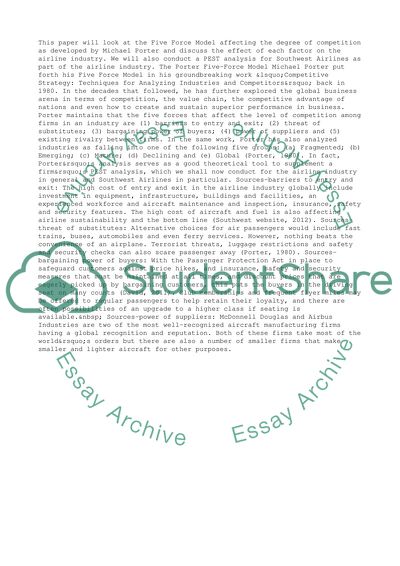Cite this document
(“Southwest Airlines - External Environment Analysis Essay - 1”, n.d.)
Retrieved from https://studentshare.org/management/1455808-mgt599-strategic-management-mod-2-slp
Retrieved from https://studentshare.org/management/1455808-mgt599-strategic-management-mod-2-slp
(Southwest Airlines - External Environment Analysis Essay - 1)
https://studentshare.org/management/1455808-mgt599-strategic-management-mod-2-slp.
https://studentshare.org/management/1455808-mgt599-strategic-management-mod-2-slp.
“Southwest Airlines - External Environment Analysis Essay - 1”, n.d. https://studentshare.org/management/1455808-mgt599-strategic-management-mod-2-slp.


